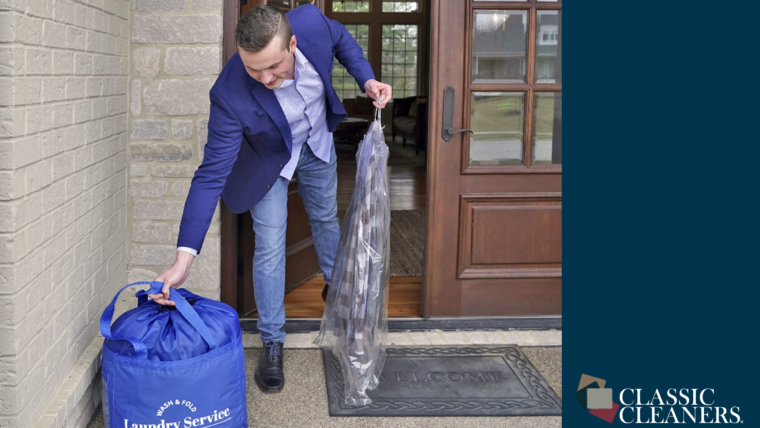4 Ways to Go Green
If you’ve been looking to change your lifestyle and live more sustainably, here are a few simple tips to help you get started.
1. Reduce, reuse, recycle. If you just throw something away, it’s not only wasteful, but it will probably end up in a landfill where it will contribute to a host of environmental problems. Learn how you can reduce, reuse and recycle materials to decrease household waste. Don’t stop at your doorstep. Get involved in community recycling programs and be a green consumer. Select products and packaging made from recycled and recyclable materials.
2. Save energy. Saving energy is one of the best ways to reduce your household’s environmental footprint. Simple conservation strategies can yield big savings. Turn off lights and home electronics when they are not in use. Adjust your thermostat at night or when you are not at home. Switch to high-efficiency, long-lasting LED light bulbs. Go to ElectricIdeas.com and watch the videos to kick extra energy out of your home.
3. Eat local and organic. Organic foods are produced using sustainable practices and local foods reduce transportation and storage, which can also have an impact on the environment. Look for organic food at your grocery or food cooperative and visit your local farmers market. The organization Local Harvest and the U.S. Department of Agriculture’s Farmers Market Directory are useful resources.
4. Use water wisely. Fresh, clean water is not an infinite resource. Take shorter showers and only use the dishwasher or washing machine when you have a full load. Fix leaks as quickly as possible. Consider installing aerator faucets and low-flow showerheads. Use water-efficient irrigation practices for your lawn and garden. See Simple Steps to Save Water from the EPA for more ideas on how you can conserve water.
Green on a budget
Think that sustainable living is not financially sustainable? Think again. While some items—such as organic produce—may cost more, many sustainable practices have little or no cost and may even save you money. So going green will not necessarily leave you in the red. See Going Green on the Cheap for more low-cost measures to help reduce the size of your environmental footprint.



